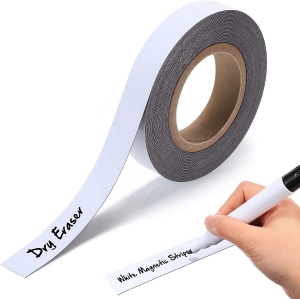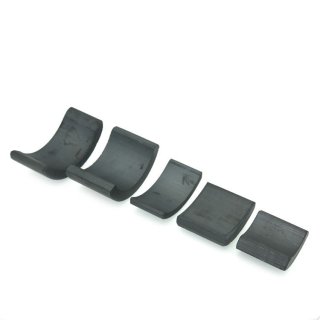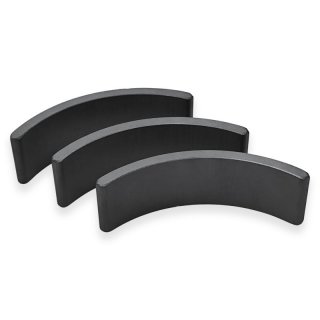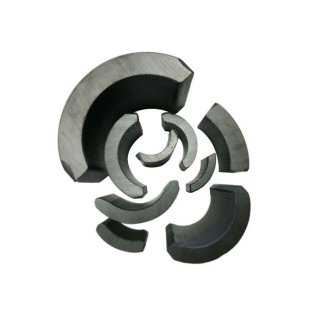.Ferrite Segment Magnets, also known as Ferrite Arc Magnets, Segment Tile Arc Ceramic Magnets, come in a wide range of sizes. They are often used in motors and generator and rotors.
Ferrite Magnets have the widest magnetic field of all magnets and good resistance to corrosion. Despite being a rather brittle magnet, Ferrites are used in a variety of applications such as motors, water conditioning, speakers, reed switches, crafts and magnetic therapies.
Permanent ferrites are available in different sizes and shapes, and are the best option if you are looking for an economical alternative with good demagnetization resistance.
Ferrite magnets are the cheapest in the market. Its visual appearance is of a metallic oxide of dark gray color. They have a great resistance to corrosion and therefore, they are one of the most appropriate products for different outdoor applications thanks to being stainless. They can also be exposed to temperatures of up to 250ºC. They are probably the best alternative to neodymium magnets, as they not only resist humidity and corrosion, but are also resistant to different types of chemicals.
The working temperature is a factor to be taken into account in the different uses that will be given to the magnet. In IMA we offer our customers a wide range of magnets that cover temperatures from -40ºC to 250ºC.
To obtain the ferrite magnet, first, it must undergo different phases of the production process, in this way to ensure its quality.
The process begins in obtaining the ferrite by heating a mixture of different metal oxides at high temperatures.
Once the ferrite is obtained, the product is ground into very small particles, so that each molecule has only one magnetic domain. The powder is pressed with a concrete shape and dry, in this way smaller and geometric shapes are achieved.
Next, the material obtained is subjected to sintering, in a situation with oxygen shortage. To avoid that the pieces stick with each other in the oven, we proceed to install some sheets that will make separators. This process is very important since it directly influences the magnetic properties of the ferrite and can cause cracks, bubbles and some deformation.














